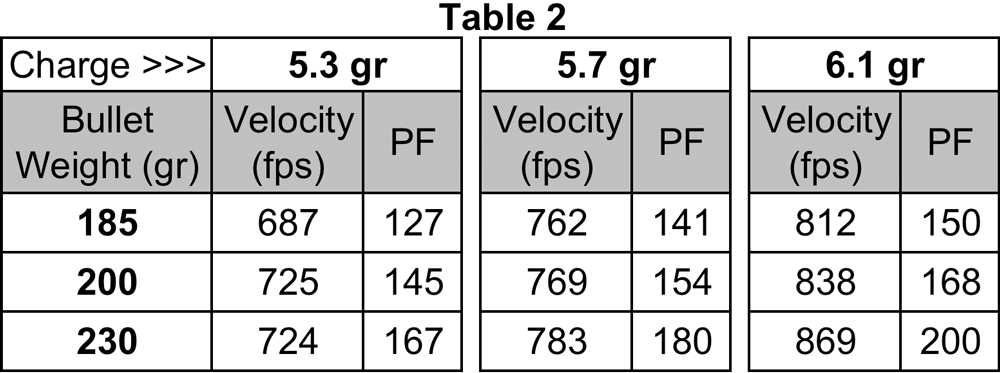In your 45 caliber
pistol cartridge, the limiting factor is pressure. A heavier projectile creates more resistance, driving up pressure. To keep the pressure in the safe and sane category a reduction of propellant is required
Consider looking at it this way...
Pressure limit is the constant (for all cartridges). You can use UP TO "X" amount of pressure, but no more.
Bullet weight is what you are pushing with that pressure. In the same bore size, since the pressure is a fixed max, the lighter bullet goes faster.
While the heavier bullet has greater resistance to moving, it does not create more pressure. Pressure is created only by the powder charge burning, and the amount is dependent on the amount/type of powder and the area available for it to burn in.
Heavier bullets do require a reduction in powder charge compared to light bullet loads, for two main reasons, one being they are "harder to move", and the other being, generally, they take up more space in the case, changing the available volume.
So, a reduction in powder charge depends on your point of view and where you choose as your standard. Take the .45acp and the 230gr ball, vs a 200gr swc or hp. IF the powder charge for those is you standard, then yes, the 230 requires a reduction. But if the 230 is you chosen standard, then the lighter bullets ALLOW an increase. They don't require it, you can shoot them with the same powder charge you use for the 230, and they will go faster than the 230, as they are lighter, but being lighter allows an increase in powder charge within the same pressure limits.

